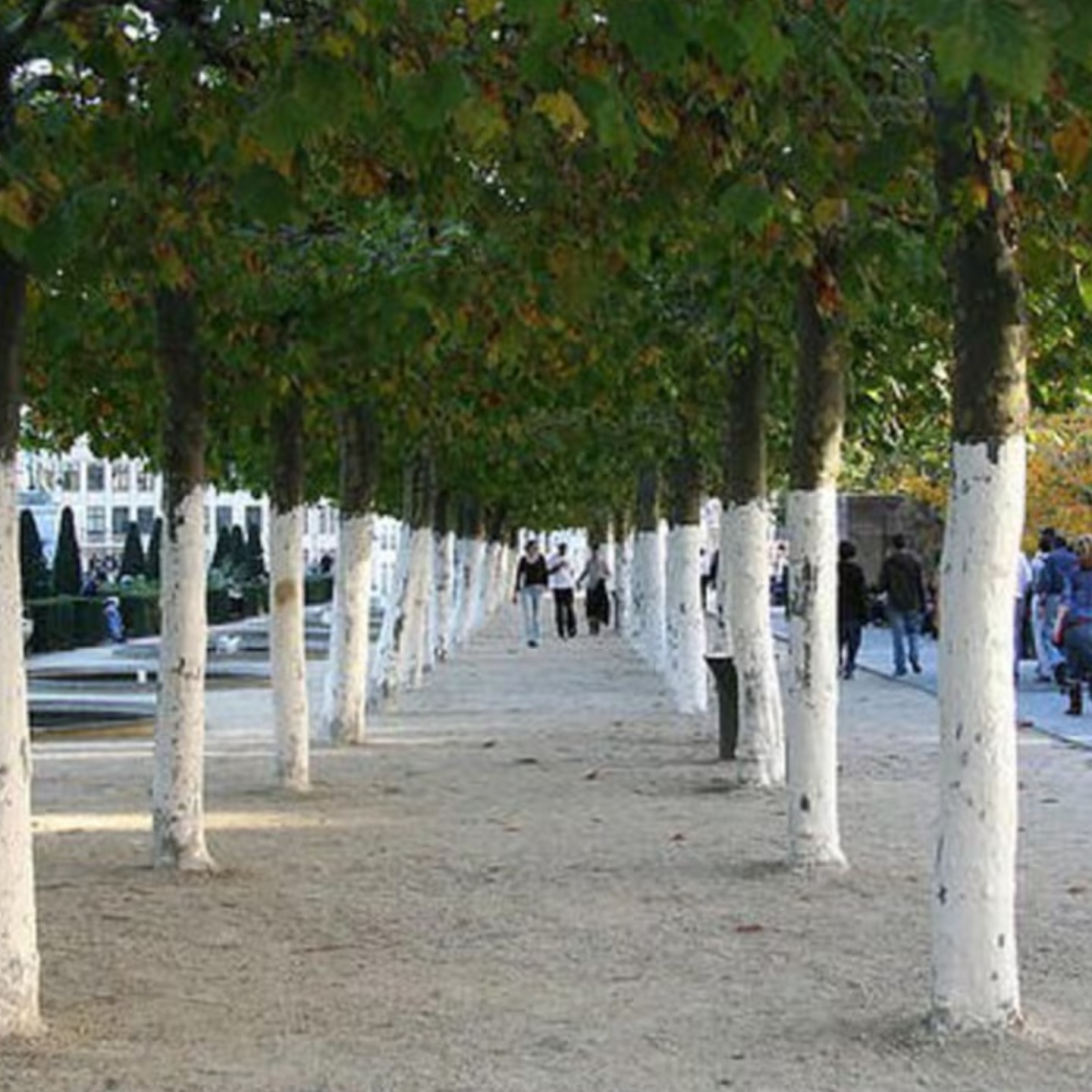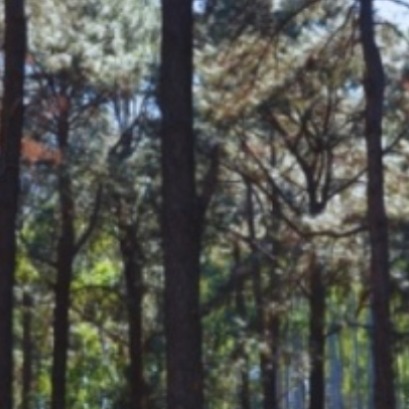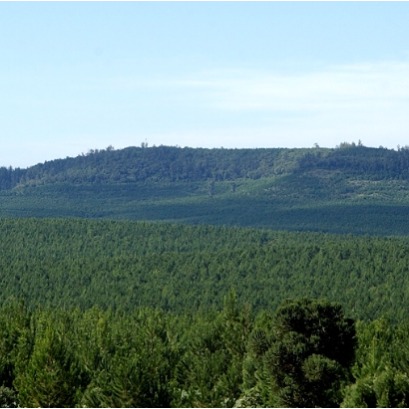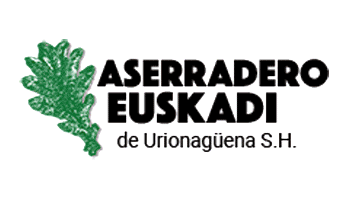
Why are the trunks of some trees white
White or wrapped painted of tree trunks is a common practice that goes beyond aesthetics. In various places, streets and even rural areas, this technique that has specific purposes for their protection, especially those youngest or vulnerable can be observed.
One of the main benefits of this technique is protection against solar radiation. Young trees with thinner cortes are especially susceptible to solar burns, which can weaken their structure and generate damage to new outbreaks. When applying a layer of lime in the trunks, direct exposure to the sun is reduced since a physical barrier is created that protects the cortex. In areas with extreme climates, the white painted helps protect trees from both excessive heat in Summer as frost in winter. The Cal applied in the trunks acts as an insulator, regulating the temperature of the cortex and minimizing the damage that may occur during the most extreme stations. The enchanted also contributes to the maintenance of the pH in alkaline soils. When gradually washed by irrigation or rain, lime is modifying the pH of the ground around the tree trunk, which can improve the conditions for its growth. This is important in agricultural areas where fruit trees, such as cherry trees, apple trees, require specific soil conditions to properly develop. Despite their multiple benefits, the dwelling also their detractors. Some experts argue that the cals applied in the trunks can hinder the breathing of the tree, since, in addition to using the leaves and branches, the trunk also participates in the gas exchange. In some cases, it can also hide the presence of pests or diseases, such as fungi, whose color can be confused with that of lime.
IT MAY INTEREST YOU
 The forest of the oldest shadows: the story of the petrified trees
The forest of the oldest shadows: the story of the petrified trees
One of the natural treasures of Río Negro turns 23 years old under the protection law that allows its conservation. Where it is and how it was formed. Río Negro celebrates 23 years of conservation in the petrified forest as a Protected Natural Area (ANP). It is a space of 625 hectares that protects an exceptional site of fossil trunks that date back more than 60 million years.
 They promote research in pine resins from the NEA
They promote research in pine resins from the NEA
The forestry industry is one of the most important sectors in the economies of Misiones and Corrientes. Thousands of hectares of pine supply the paper, pulp, boards and sawmill industry. Pinus elliottii, one of the species established in the region, in addition to providing wood, is used to produce resin, a non-wood forest product with high demand in the chemical, pharmaceutical and cosmetic industries. In 2\024, resin extraction of approximately 52,6\0\0 tons was achieved from approximately 18,\0\0\0,\0\0\0 trees in production, generating income and jobs with high expansion potential.
 Free seminar on the implementation of the European EUDR regulation on deforestation-free wood products
Free seminar on the implementation of the European EUDR regulation on deforestation-free wood products
The Argentine Forestry Association (AFoA) organizes the seminar «EUDR in Forest Products: Current status of implementation. Regulatory requirements and private experiences", which will take place on Wednesday, November 26, from 11:00 a.m. to 12:00 p.m., via Zoom, with live streaming on YouTube. The European Regulation on Deforestation-Free Products (EUDR) will enter into force on December 31, 2025 and will impose new requirements for forest products entering the European Union market.





















